History
JMU AMTEC is advancing continuously
as heir to the DNA of Harima Shipyard.
- 2013
- The Company changes its name to JMU AMTEC
IHI Marine United Inc. and Universal Shipbuilding Corporation merge to become Japan Marine United Corporation. Shortly thereafter, the name of the Company is changed to JMU AMTEC CO. LTD.
- 2004
- The Company is certified under ISO 14001.
- 2003
- Transfer and conveyance of Craft Department and related production equipment
The Craft Department and related production equipment are transferred and conveyed to IHI Marine United (October 1).
- 2001
- The Company completes construction of and transfers a ship, the Zenken Maru
(gross tonnage: 2,720 t) - The Company obtains a license to engage in construction work.
- 2000
- Yokohama Repair Plant is spun off and transferred.
Yokohama Repair Plant is spun off and transferred to the Marine Business Division of IHI Senpaku Co., Ltd.
- 1998
- The Company is certified under ISO 9001.
- The Company enters the watercraft business.
The trade rights of IHI Craft Co., Ltd. are transferred to the Company, launching the Company into the watercraft business. - The Company installs equipment for shipbuilding platforms.
The Company receives permission from the Ministry of Transport to install a platform for construction of 11,000 t ships.
- 1994
- The Company diversifies production.
The Marine Business Division of IHI Senpaku Co., Ltd. transfers the operations of its Yokohama Repair Plant to the Company. The Company thus begins operations in the construction and repair of work vessels, marine public-works equipment and other fields, diversifying its production.
- 1991
- The Company obtains Ministry of Transport qualification to participate in open competitive bidding and selective bidding (on shipbuilding and ship repair).
- 1990
- IHI AMTEC Co., Ltd. is spun off to become a separate company.
The development-and-fabrication business unit and repair business unit of No. 1 Aioi Plant are spun off to become IHI AMTEC Co., Ltd. (April 2).
- 1979
- Plant reorganization
The Company reorganized its plants, assigning the repair business unit to No. 1 Aioi Plant, the diesel-engine-and-casting business unit to No. 2 Aioi Plant and the ship-boiler-and-boiler-panel business unit to No. 3 Aioi Plant.
- 1975
- Construction of a shipbuilding dock
The Company builds a shipbuilding dock capable of building ships up to 180,000 t in gross tonnage.
- 1963
- Construction of a repair dock
The Company constructs a repair dock capable of accommodating a ship up to 300,000 t in gross tonnage.
- 1960
- The Company is launched as Ishikawajima-Harima Heavy Industries Co., Ltd.
The Company merges with Ishikawajima Heavy Industries Co., Ltd. to become Ishikawajima-Harima Heavy Industries Co., Ltd.
The newly formed company adopts an operating-business-unit structure, assigning the repair business unit to No. 1 Aioi Plant and the diesel-engine-and-boiler-motor business unit to No. 2 Aioi Plant.
- 1929
- The Company becomes independent as Harima Zosensho K.K.
The Company is spun off from Kobe Steel, Ltd. to become Harima Zosensho K.K., an independent company.
- 1921
- The Company becomes a separate plant of Kobe Steel, Ltd.
The Company merges with Kobe Steel, Ltd to become a separate plant of Kobe Steel, Ltd.
- 1918
- The Company merges with Teikoku Kisen.
The Company merges with Teikoku Kisen. At the same time Suzuki Shoten and Toba Zosen, the latter being a sister company of the Company, merge with Teikoku Kisen, a company of the same corporate group, to launch a shipbuilding business unit.
- 1916
- The Company changes its name to Harima Zosensho K.K.
- 1912
- No. 1 Dock is completed.
No. 1 Dock, capable of harboring a ship of 6,000 t gross tonnage, is completed.
- 1911
- Harima Senkyo G.K. is established.
- 1907
- Harima Dock Co., Ltd. is established.

